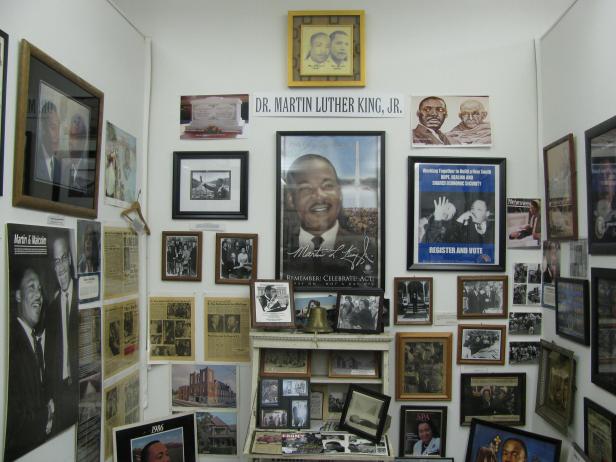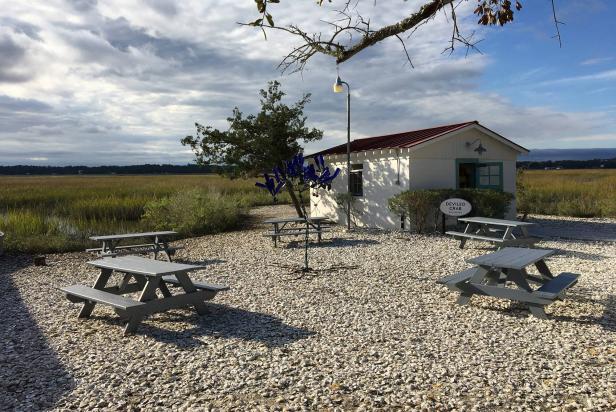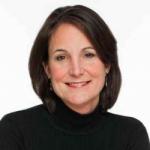6 Lesser-Known Civil Rights Sites for History Buffs
Hear stories and learn more about the African American experience in Georgia at these important sites throughout the state.
The civil rights era in Georgia is a painful but important time in our history, and interest in preserving and visiting sites that tell the story of African Americans in Georgia is increasing.
One of the most well-known civil rights sites in America is the Martin Luther King Jr. National Historical Park in Atlanta. Established in 1980, it celebrates the life of Dr. King and includes his birth home, Ebenezer Baptist Church where he preached, and the No. 6 Fire Station where he played as a boy. Follow in the footsteps of Dr. King on the Dr. Martin Luther King Jr. trail throughout Georgia.
But to truly get the full picture of the Civil Rights Movement requires visiting sites that are not as well known, to hear stories not as often told. Here are six sites that are important to understanding the African American experience in Georgia.
The Wanderer Memory Trail, Jekyll Island
The state's civil rights history begins with the importation of African slaves. Located at what is now the St. Andrew's Beach Park on Jekyll Island, The Wanderer Memory Trail pays homage to the 409 captive men, women and children who arrived on the shores of Jekyll in 1858 aboard one of the last slave ships. Although the slave trade was illegal at the time, the smugglers converted a luxury liner into the slave ship. After visiting the site, head to the Jekyll Island Museum where researchers are trying to find out what became of the Wanderer survivors.

Tubman Museum, Macon
This isn’t an Underground Railroad museum. The Tubman Museum in Macon celebrates the art, history and culture of African Americans. The signature piece is a 55-foot-long mural that chronicles the voyage from Africa to America, as well as the accomplishments of African Americans from the past to the present.

Jack Hadley Black History Museum, Thomasville
Historian James "Jack" Hadley has preserved more than 4,500 pieces of African American artifacts with a focus on Thomasville and the neighboring area’s first black achievers. The artifacts, which date back to slavery, include items from Buffalo soldiers, chronicle life on Southern hunting plantations, and even touch on baseball great Jackie Robinson, who was born in the neighboring town of Cairo.
Just visiting the Jack Hadley Black History Museum building is a history lesson. It is housed in the former Douglass High School, a segregated high school from 1902 – 1970.

George Washington Carver Pavilion at Bartow Carver Park, Cartersville
Georgia's first state park for African Americans was established 1950 as the segregated portion of Red Top Mountain State Park. The George Washington Carver Park recreation site that includes "the beach" and indoor event facilities are now managed by the Cartersville-Bartow County Convention & Visitors Bureau and welcome everyone.

The Harrington School, St. Simons Island
The St. Simons African American Heritage Coalition was formed to save and share the island's black history, from freedom to civil rights. The coalition recently completed a milestone in the renovation of The Harrington School, an elementary school that was built for African Americans on St. Simons Island and now serves as a cultural center with paintings depicting the struggles of African Americans coming to the new world, and artifacts from the school. It is also a starting point for tours of the island's African American history.

Pin Point Heritage Museum, Savannah
The Gullah Geechee were slaves that worked the coastal plantations of the South, creating their own language so owners couldn't understand them. After emancipation, many stayed in close-knit communities along the water. Pin Point, near Savannah, was one such community.
The Pin Point Heritage Museum, located in the former A.S. Varn & Sons Oyster and Crab Factory, gives visitors a look at the history and Gullah culture in Savannah. The factory was where many of the Gullah Geechee worked until it closed in 1985. Now, those former employees showcase crafts like net making and share the inspirational spirit of the Gullah people.





